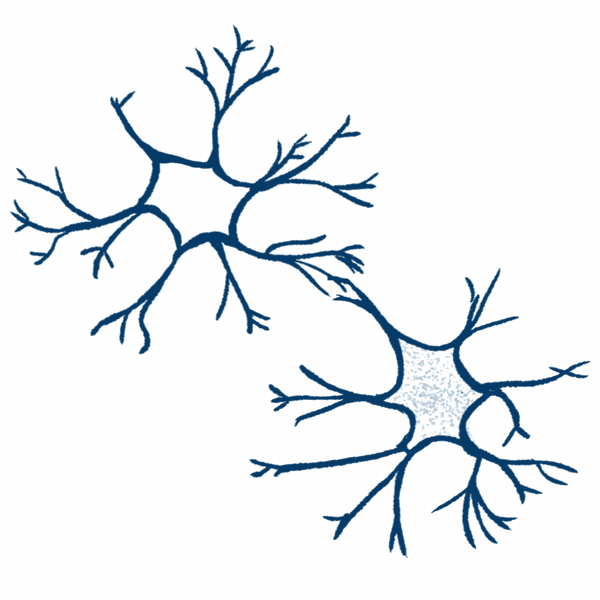
SYNAPSE

A synapse is the place where a nerve cell is in contact with another cell. Its task: to forward signals.
How it Works



A signal travels along the finely branched extensions of the cell to the synapse as an electrical impulse. It can be passed on to the neighbouring cell there.
However, a tiny gap must be bridged. This job is taken on by molecules called neurotransmitters. Released by the electrical signal, they migrate to the neighboring cell.
The neurotransmitters dock there. This generates an electrical signal.
A cell has an average
1.000 to 100.000
synapses.
There are about
100 trillionen
synapses in the adult brain.
LERNING
does not work without synapses: exercise improves the transmission of signals and can also lead to the formation of more synapses between two cells.

JÜLICHER RESEARCHERS
are investigating the structure and function of synapses in the brain. They are also developing artificial synapses for computers modelled on the brain.
Illustrations: Diane Köhne
More Knowing it all
Last Modified: 09.04.2025





